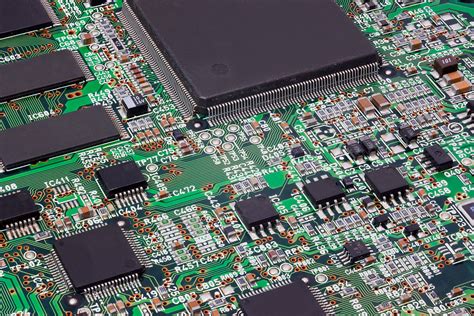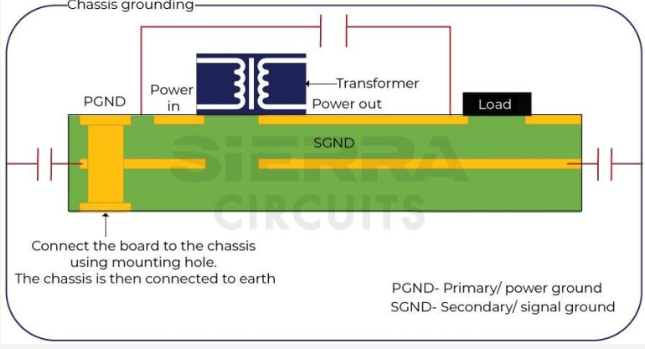How to master multilayer PCBs?
When hardware engineers first encounter multilayers PCBs,It is easy to feel overwhelmed.Ten or eight layers are common,and the lines resemble a spiderweb.
Another ways to think about it is to use a 3D diagram to show the internal structure of various stacked PCB diagrams.This is much easier to understand.

How to Master Multilayer PCBs?
The most important part of an HDI board is the vias.
The wiring process for multilayer PCBs is no different from single-layer or multilayer boards;the biggest difference is the via process.
The lines are etched drilled, and then copper plated.Hardware developers understand this and won’t elaborate.
Multilayer PCBs typically use via:a first-order board a second-order board,and then a third-order stacked via.Higher orders,such as third-order board,interconnect anyone layer,which is typically very expensive and rarely discussed.Generally speaking,8 bit microcontroller products use 2-layer through-hole board;32-bit MCU-lever smart hardware uses 4-and 6-layer through-hole boards;Linux and Android-lever smart hardware uses 6-to 8-layer 1-step HDI board;compact product such as smartphones typically use 8-to 10-layer 2-step HDI boards.
8-layer 2-step HDI,Qualcomm Snapdragon 624
The most common through-hole pattern
There is only one type of hole from the first to the last.Whether it’s for external or internal traces,the hole is perforated.This is called a through-hole board.
The number of layer in a through-hole board doesn’t matter.Generally,everyone uses 2-layer through-hole board.Many switch and military boards have 20 layer,but they still use through-holes.
Board holes are drilled and copper is plate to form the traces.
It should be noted that the inner diameter of through-holes is typically 0.2mm,0.25mm,and 0.3mm ,but 0.2mm is generally much more expensive than 0.3mm.Because the drill bit is too thin and easily breaks,drilling speed is slow,The increased time and cost of the drill bit are reflected in the increased price of circuit board.
Laser vias in HDI boards

This photo shows a 6-layer,1-laminate structure diagram for ordering HDI board.Both layers on the surface have laser holes with an inner diameter of 0.1mm.The inner layer has a mechanical hole equivalent to a 4-layer through-hole board,and the outer layer is covered with 2 layers.The laser can only penetrate fiberglass board,not copper metal.Therefore, the laser can only penetrate fiberglass board, not copper metal.Therefore,the holes on the outer surface do not affect other internal wiring.The laser perforation is then followed by copper plating,and the laser holes are formed through the holes.
2-Sequential HDI Board,Two sets of laser vias.

This is a 6-layer,2-stage staggered HDI board.Typically,6 layers and 2 layers are used,with 8 layers and 2 layers being the most common.In this case,the larger number of layers corresponds to the same number of so-called 2-stage laser holes,meaning there are two sets of laser holes,Why the staggering?Because the copper plating is not satisfactory and the holes are empty,laser holes cannot be directly above the holes.Instead,they must be staggered a certain distance and then laser holes are ceated one layer at a time.
6-layer 2-stage HDI=4-layer 1-stage HDI+2 layers
8-layer 2-stage HDI=6-layer 1-stage HDI+2 layers
Stacked via boards are technically complex and more expensive

The laser holes in staggered via board overlap,making the circuit more compact.The inner laser holes require plating and filling,and then the outer laser holes need to be created.The price is higher the staggered vias.
Super expensive any-layer interconnect boards,multi-layer laser stacks.
Each layer has laser holes,allowing each layer to be connected together. you can use wires as needed and drill holes as needed.However,it is over 10 times more expensive than regular through- hole boards!
For this reason,only iPhones are willing to use them.Other phone brands have not heard of any single-layer interconnect boards.
Let’s take a closer look and compare them again.Pay attention to the hole size and whether the pads of the holes are closed or open.







